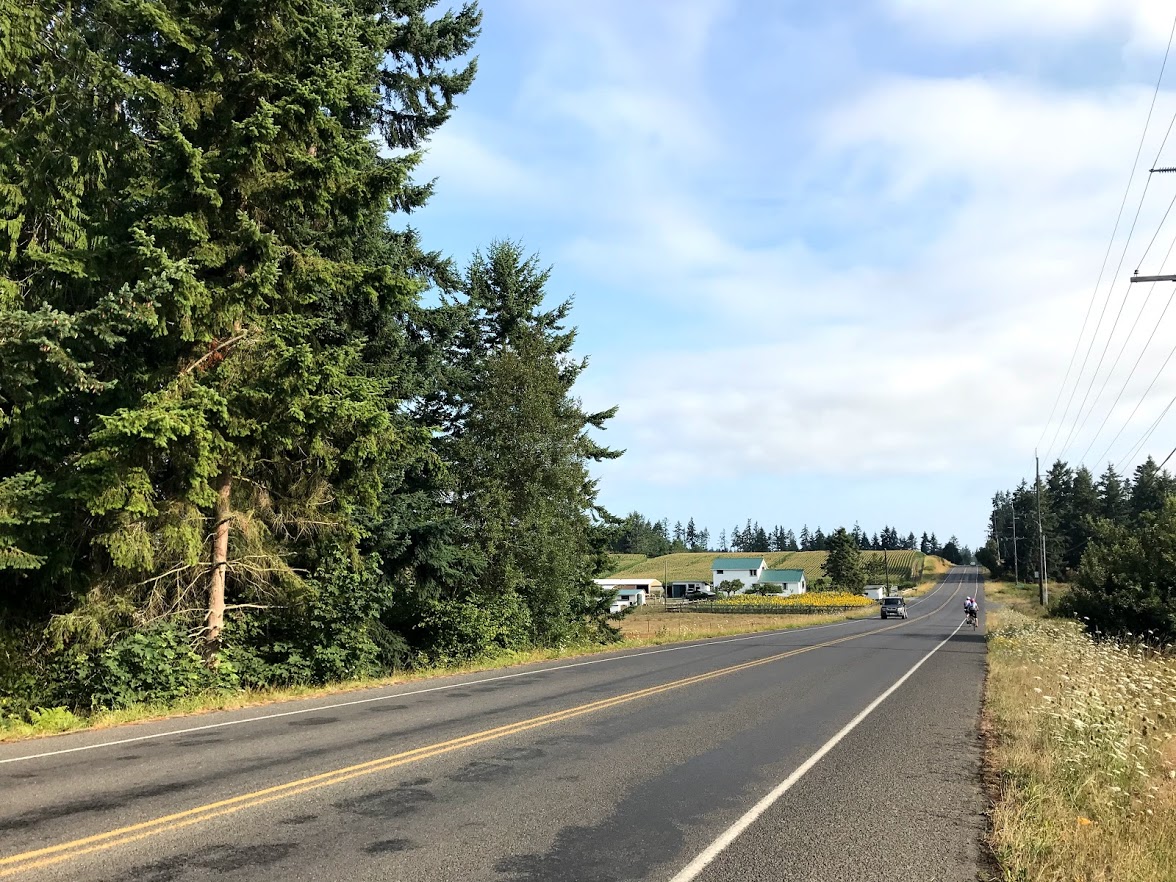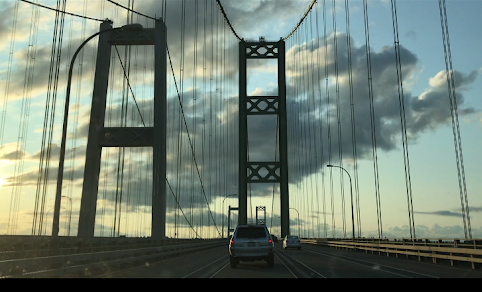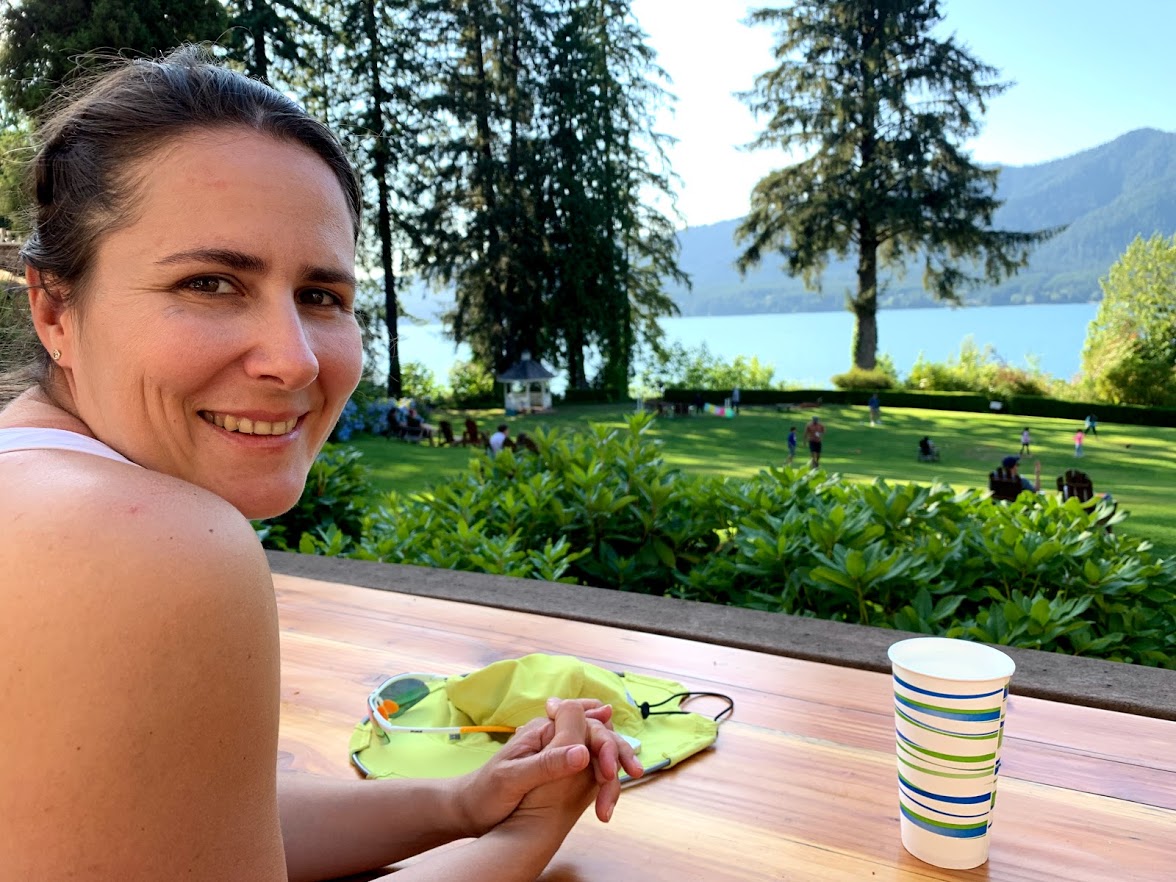Week #6 – Tour de Lavender
Who told you that cycling is impossible in the Americas?
Back in The Netherlands we used to join organized bike tours on a regular basis. By coming to the US this summer we have sadly acknowledged skipping this cycling season.
However some colleagues of Moritz in Seattle talked about the Tour de Lavender - one of the very few one can participate in Washington. At this point it was clear to both of us that this is something we can’t miss. Even more so as the date has coincided with the birthday celebration series of Moritz this week.
We have arranged bikes and we were looking forward to further explore the Olympic peninsula where the ride took place.
Well awaited encounter with the famous Tacoma Bridge. To reach our destination we drove through the Tacoma Narrow bridge. It was a special experience in my life as this bridge is famous in my family. My father - having been well educated in physics (too) narrated the story with enthusiasm of the Tacoma bridge.
The 1940 Tacoma Narrows Bridge, the first Tacoma Narrows Bridge, was a suspension bridge in the U.S. state of Washington that spanned the Tacoma Narrows strait of Puget Sound between Tacoma and the Kitsap Peninsula. It opened to traffic on July 1, 1940, and dramatically collapsed into Puget Sound on November 7 of the same year. This is probably the biggest and most famous non-fatal engineering disaster in U.S. history. At the time of its construction (and its destruction), the bridge was the third-longest suspension bridge in the world in terms of main span length, behind the Golden Gate Bridge and the George Washington Bridge.
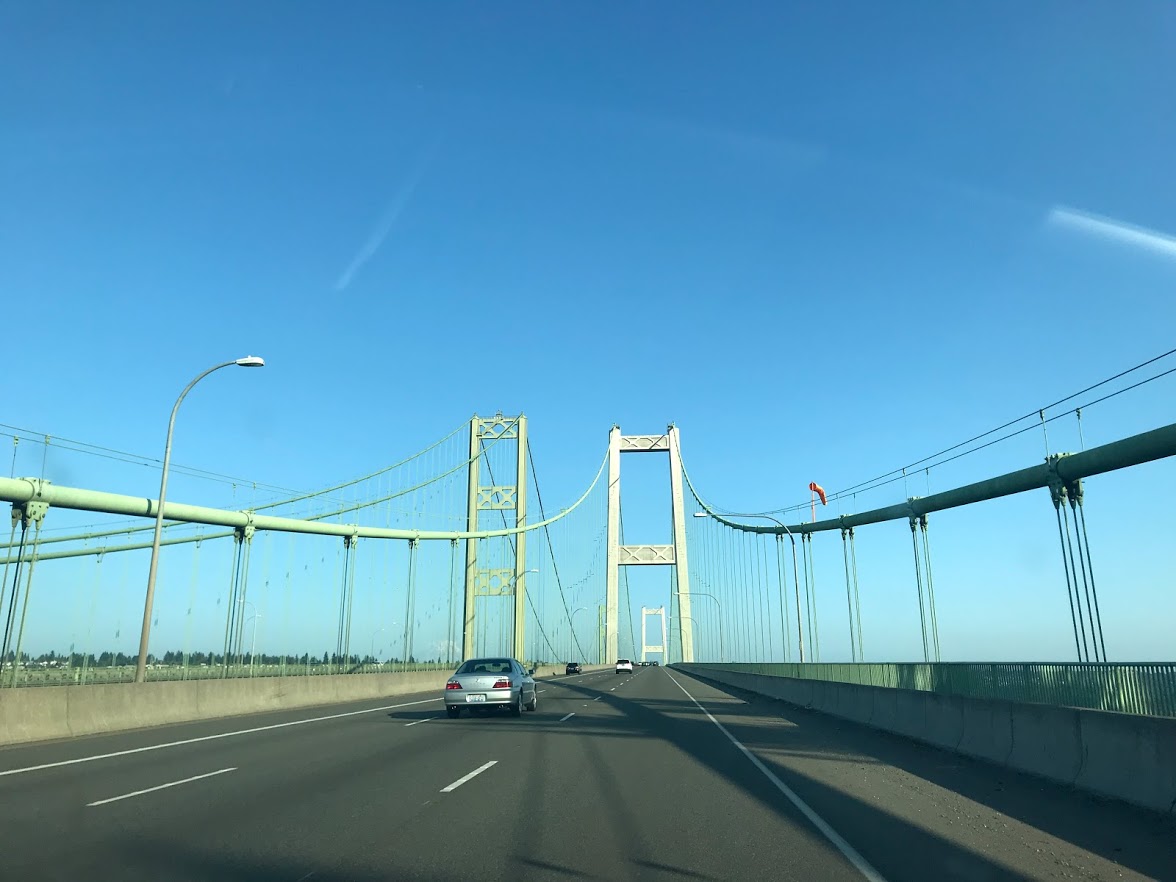
My father with huge amazement showed us the video you can still find online:
Back then somehow I did not really understood what can be soo exciting about this bridge. Well, I needed to come this far to understand it. This bridge is just huge massive and so elegant.
This time to avoid the stress of overbooked camp sites in the National Park I have booked a tent side on Airbnb. It turned out a very positive surprise, we camped in a garden of the private house, the host was incredibly nice and she was waiting for us with a campfire. We had a great night waking up in a morning for the honking of the huge ships entering the port of Port Angeles.
Tour de Lavender
The the is meant to celebrate the lavender season. Apparently this part of the peninsula is famous for its lavender farms. The 65 miles of the route led us through many lavender farms one being cuter than the other.
.jpg)
Full of energy we have set ourselves to the tour. We had 8 hours to complete the 100 km ride. The ride started in Sequim. We happily consumed the free goodies at the start.
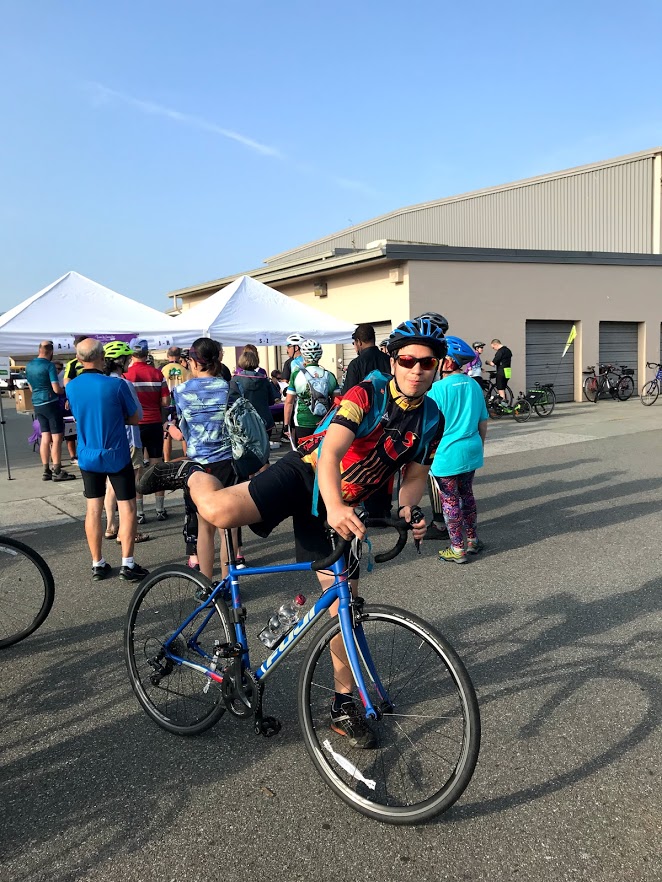
The tour was rather expensive one, we have paid 60 usd for participation. This compared to the 3 to 20 eur we would pay for the “same” thing in The Netherlands. Well, of course we did know that Americans like to eat a lot. But we definitely were not prepared to this amount of food on the way! In the Netherlands the stops are usually 20-40 km away from each other and during the cheaper tours you are lucky if you get a banana on the way. Here there was a stop every roughly 10 km on each lavender farm there were soo many things they offered. Let alone the sweet and sweeter treats but the volunteers were all very cheerful and interested in our stories.
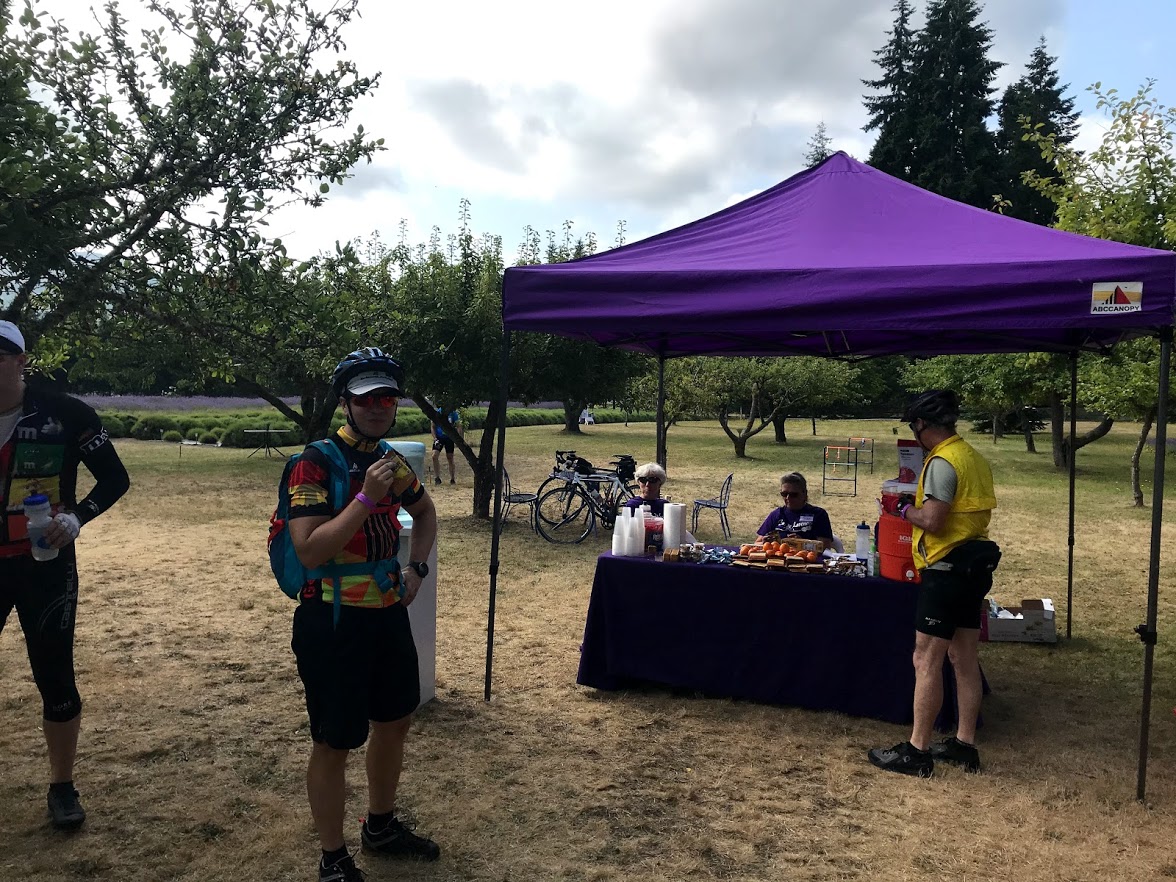
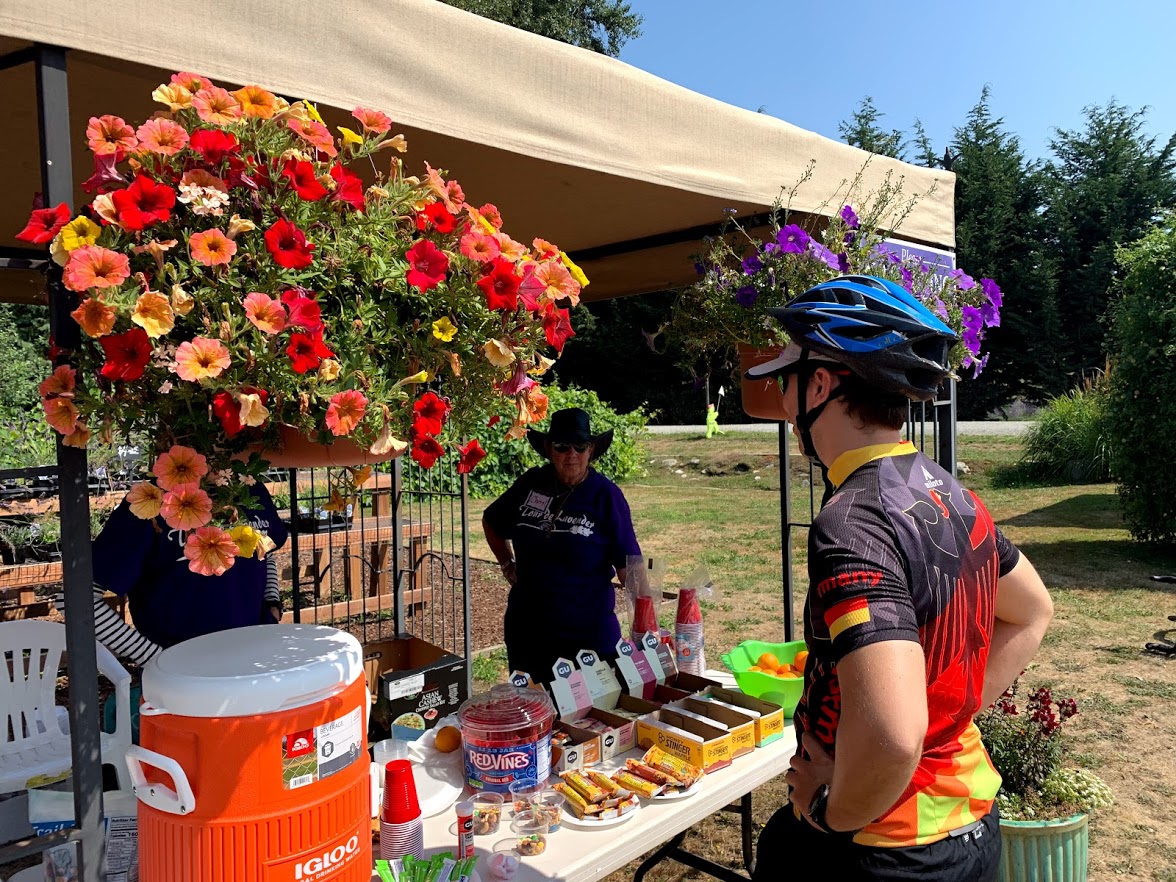
Hills, the ocean and the lavender fields were our company on the way.
During the ride I realized how much I have missed cycling and how much it is fundemantal part of my life. Riding again after the almost one month cycling detox felt like being alive.
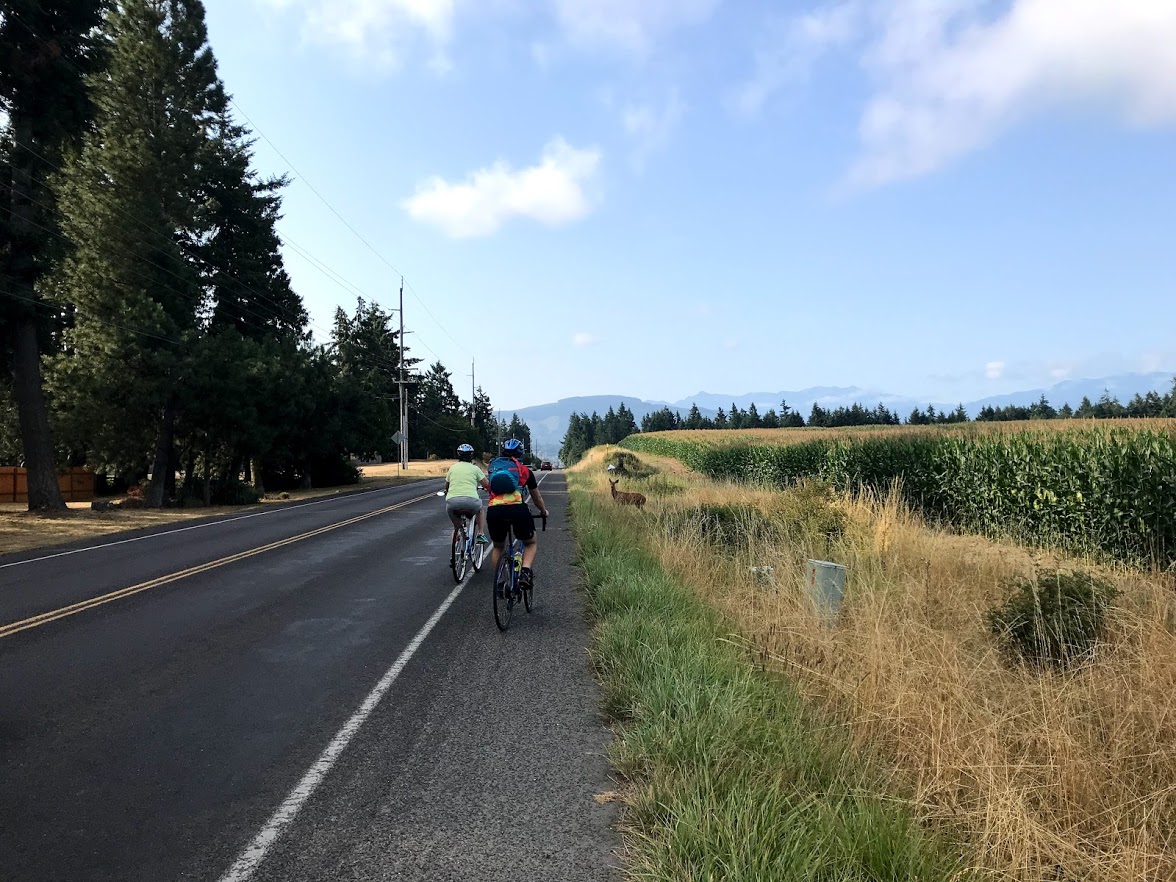
And some parts I can even say that I have felt safe riding the roads of America.
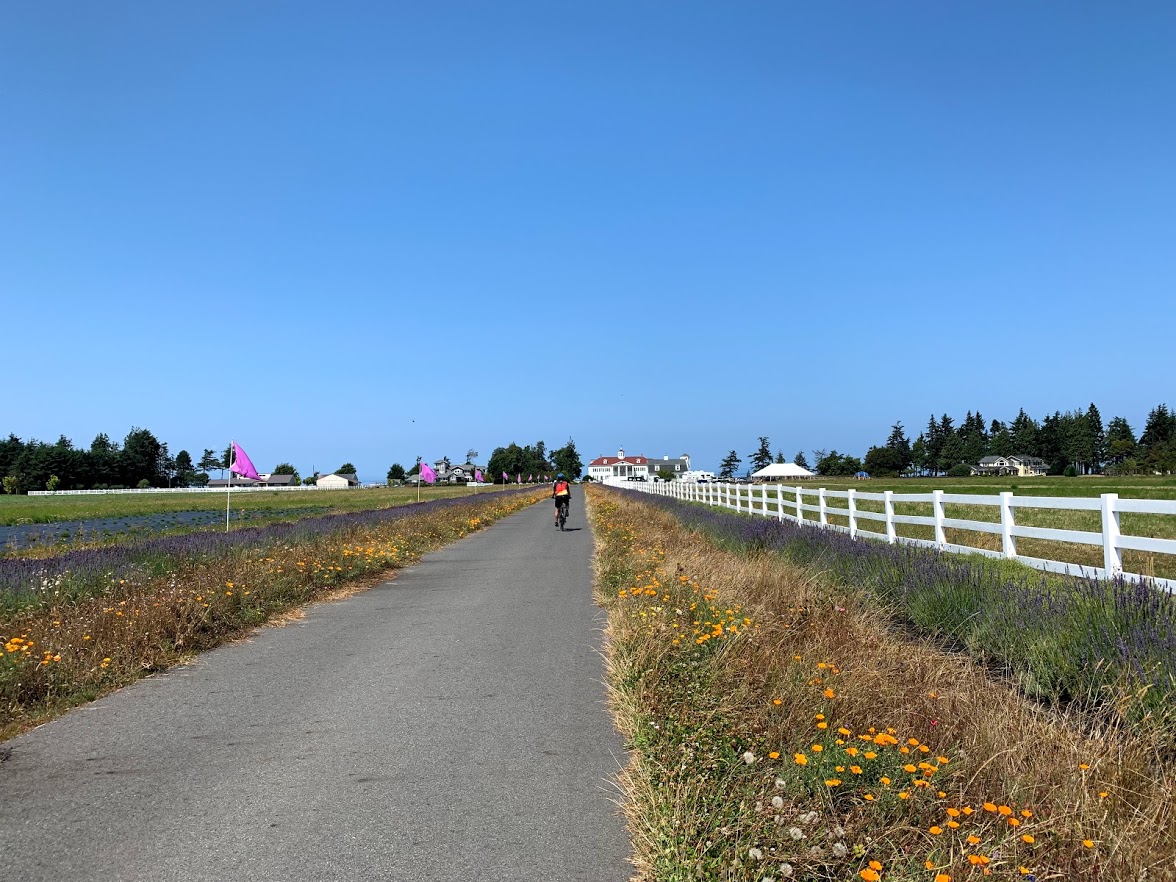
We have arrived to the finish 8 minutes before 16:00. Very Moritz style we managed to grab the very last pieces of pizzas offered for free for the tired and already overfed sportsmen.
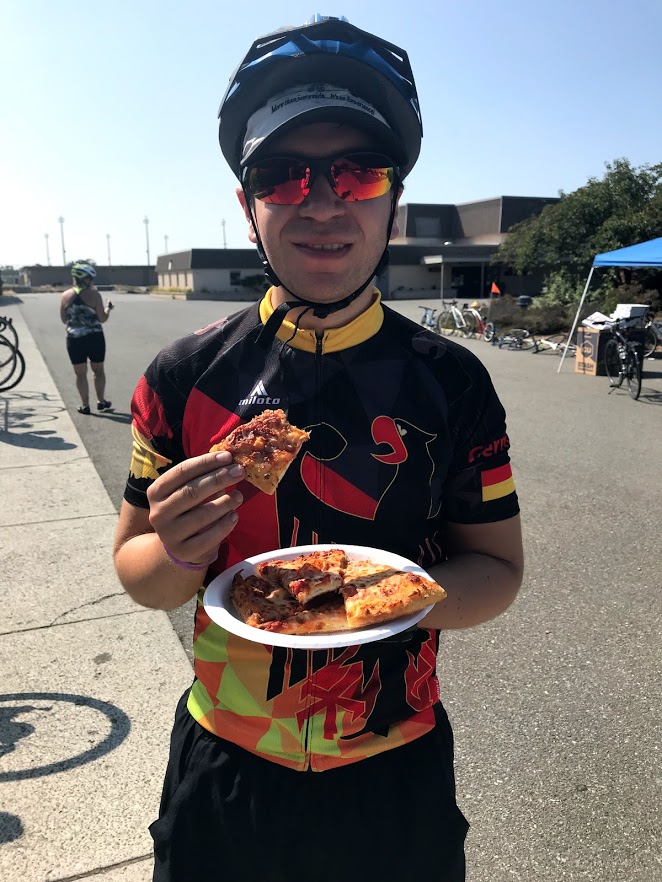
Right after swallowing the pizzas we headed back to Seattle to kick off the next adventure: the “Xchange week”!
